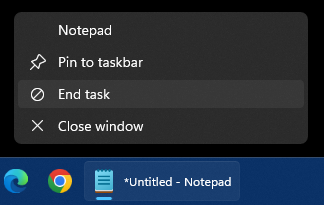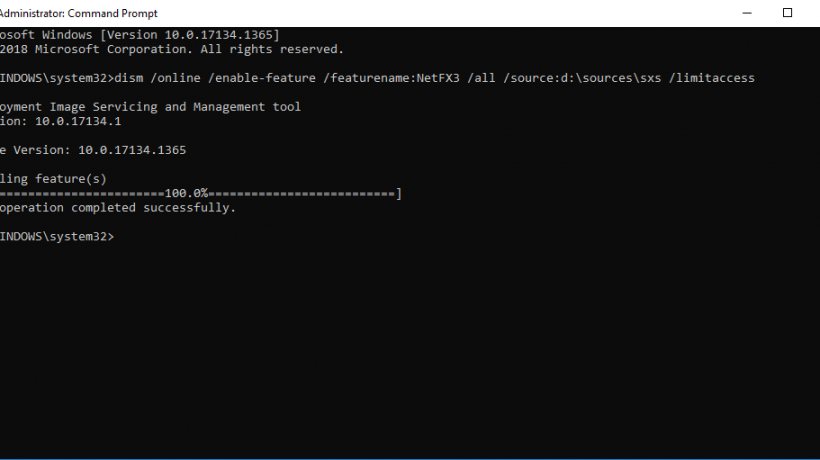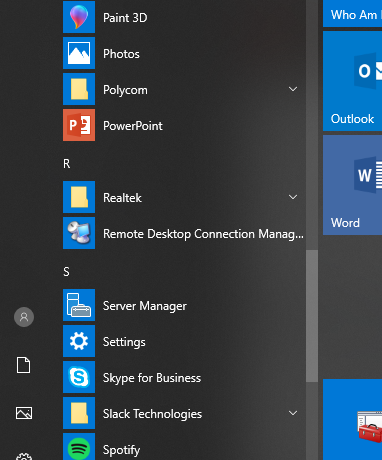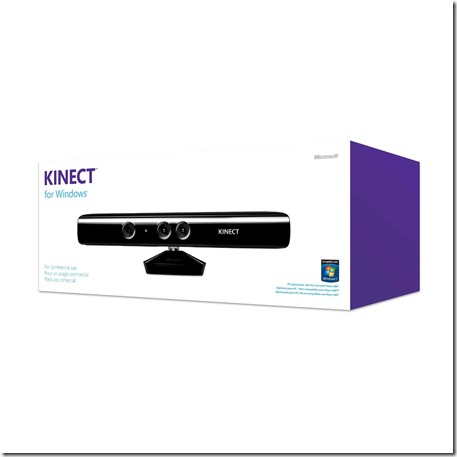Microsoft has announced that the Kinect for Windows will be released February 1st. While it’s been available via a hack and SDK for a while, it’s now official and the official games should start pouring in. They made it a success for the Xbox, let’s see if they can make it a hit on Windows! Of course, you can preorder it from Amazon, already – $250 – a C-note more than the Xbox 360 version. I wonder what makes it so special. Definitely a niche product for the PC.
The worlds largest multi-user LCD display has been unveiled by MultiTouch Ltd.. Powered by Windows 7 and upgradable to Windows 8 later this year, it allows multiple users to use the touch screen interface. It uses the Surface 2.0 SDK for development, but lacks the PixelSense technology behind the Surface 2 hardware.
MultiTouch Ltd. introduces the world’s largest integrated multi-user LCD multitouch display, the MultiTaction® Cell 55. The product, a 55-inch display, is the first to emerge from the company’s new software and hardware platform for large-scale multitouch LCD displays, MultiTaction.
For those of us that weren’t able to make it to CES this year, and would like to watch Microsoft’s last CES keynote speech, you can watch it online via the Microsoft website. Starting at 6:30PM Pacific Time, you can watch as Ballmer talks Microsoft, Windows 8, and technology in general. With Microsoft leaving CES as a huge vendor (I’m sure they will be there in the future, just not in the huge way they currently are), I wonder how the rest of the conference will adjust.
It’s CES week in Las Vegas, and there will be plenty of news coming this week, mostly in the form of announcements of future releases. However, according to Intel, Microsoft has demanded that ARM vendors not use working demos of Windows 8 on ARM hardware at CES and only use displays. This is due to supposed instability with the ARM compatible Windows 8 software. While TI and other ARM partners say this isn’t true and will be presenting Windows 8 powered ARM tablets, Intel says that they are going against Microsoft’s wishes.
Texas Instruments said it did plan to show working product demos running Windows 8, but that the build would not be the final version of the operating system, as Microsoft wanted to reserve “some surprises” for launch.
There are going to be a lot of announcements in the next week from the upcoming Consumer Electronics Show in Las Vegas, NV. It seems that ASUS couldn’t wait a week to release their new information, including a new Windows 8 tablet powered by an ARM processor coming in 2012. This shows that Microsoft will be ready to release Windows 8 this year (at least to OEM’s). Depending on price, I see Windows 8 tablets doing very well in an Android and Apple dominated marketplace.
We’ve already heard that there will be a ARM tablet running Windows 8 and speculation has been that it will be the Transformer Prime. We now have confirmation that ASUS will indeed be launching a ARM tablet running Windows 8 that will arrive by the end of the year. However, with a release date slotted for a possible 11 months away, it doesn’t seem likely that they would use a 2011 design even if it just day’s away from being 2012.
A new feature of Windows 8 has been detailed on the Building Windows 8 blog by Steven Sinofsky. Called “Storage Spaces”, it is equivalent to the old Windows Home Server feature Drive Extender. Allowing you to use a pool of hard drives (multiple drives in a machine) as a single or multiple logical hard drive. This can allow you to have 10 2 TB hard drives in a storage server and show up on the Windows 8 client machine as a singe 20 TB hard drive. It also allows you to have some redundancy by having Windows mirror certain files and folders across multiple drives (it will not put the same file on the same drive – it has to be on a different drive in case of a single disk failure).
This is exciting news, as I know there were many of us that dropped the newest version of Windows Home Server for the lack of Drive Extender (I went to Windows Server: Small Business Edition 2011). I’m going to give some serious consideration to Windows Server 8 because of this feature.
Windows 8 provides a new capability called Storage Spaces enabling just that. In a nutshell, Storage Spaces allow:
Organization of physical disks into storage pools, which can be easily expanded by simply adding disks. These disks can be connected either through USB, SATA (Serial ATA), or SAS (Serial Attached SCSI). A storage pool can be composed of heterogeneous physical disks – different sized physical disks accessible via different storage interconnects.
Usage of virtual disks (also known as spaces), which behave just like physical disks for all purposes. However, spaces also have powerful new capabilities associated with them such as thin provisioning (more about that later), as well as resiliency to failures of underlying physical media.
For those that use Windows and mess things up enough to warrant a re-install or for those that are done with their PC and want to donate it to another family member or friend, Microsoft has included features within Windows 8 to help you. The two features “Reset your PC” and “Refresh your PC” are shortcuts to reinstalling Windows and either deleting all your old files and programs or keep everything but reinstall Windows in case of a mishap. There are many times when I could have used this with previous operating systems. It’s definitely going to be a lifesaver!
As we began planning for Windows 8, we asked ourselves: “Wouldn’t it be great if you could just push a button and everything is fixed?” We really wanted to focus on the concept of “push button”, which translated into a design goal that represents a simple to use, predictable, and fast solution. We also wanted to build on the process many people already use today when they need to start over: back up your data, reinstall Windows and apps, and restore your data. The strength of this approach is that you start over from a truly clean state, but you still get to keep the things you care about. With that as the basis of the solution, our goal was to make the process much more streamlined, less time-consuming, and more accessible to a broad set of customers.
Our solution in Windows 8 consists of two related features:
Reset your PC – Remove all personal data, apps, and settings from the PC, and reinstall Windows.
Refresh your PC – Keep all personal data, Metro style apps, and important settings from the PC, and reinstall Windows.
A new technology from Tobii Technology enables you to navigate and use your Windows 8 computer using your eyes. You look where you want to go, and a touch of the touchpad and off you go. It looks great with the YouTube video the company has published.
I’d like to see how well it works with more than one person at the PC (as it happens a lot). How does it react with people that wear glasses? There was an issue with a camera thinking an Asian was blinking, would this suffer similar effects? There are a lot of variables that I would question on how this would work (glass eye?), but it does look like a very neat technology that I’d like to see go further!
Personally, I think this has a lot of applications, especially if it is miniaturized for a helmet mounted HUD navigating a GUI for different things (military is a big one). Imagine navigating a map on a HUD, minimizing it to see a real time video of a drone, then back to the battlefield – just by looking at different icons on your HUD. Very interesting stuff, for sure.
Gaze will bring about the next big change in the way that we interact with computers. Tobii’s Gaze technology is ready to revolutionize computer interfaces and the way that we use computers to communicate, play and work. The same way touch has revolutionized hand held devices, gaze will increase the fun and add ease, speed and intuitiveness to computers.
For those that haven’t heard, the once youngest Microsoft Certified Professional, Arifa Karim suffered cardiac arrest right before the Christmas holiday. The doctors had given up hope that she would survive, but as she has proven in the past she is full of surprises. She has shown some brain activity and is twitching her fingers. She is still in critical condition.
Arifa became the youngest MCP (Microsoft Certified Professional) at age 9 in 2004 (she is about 16 years old now). As those of us that have earned this certification, it isn’t something to take lightly. These exams are difficult. She has visited the United States Microsoft offices accompanied by Bill Gates, and was part of the Tech-Ed Developers conference in 2006. She is a very talented young lady.
My thoughts and prayers go out to this young woman and her family. I have been thinking about this since I heard about it in December and will be following the story.
Paul Thurrott, in his anti-rumor rant, has clarified that Microsoft and Nokia are planning a 200 million dollar marketing campaign for their new Windows Phone 7 devices. In an industry fueled by rumors and pre-release leaks, it is assured that there will be some inaccurate information. I wonder what Mr. Thurrott thinks about the site WinRumors?
I don’t want to reveal more, and I’ve been sitting on this information for weeks so that Microsoft can make its big announcement at CES this coming week. But with these leaks, as with the equally inaccurate LTE leaks last week, I felt the need to set the record straight. The way tech blogs work these days is that any information, no matter how inaccurate, is simply parroted between all the gadget blogs and then, inevitably, to the increasingly lazy mainstream news as well. So let’s at least get it right.






